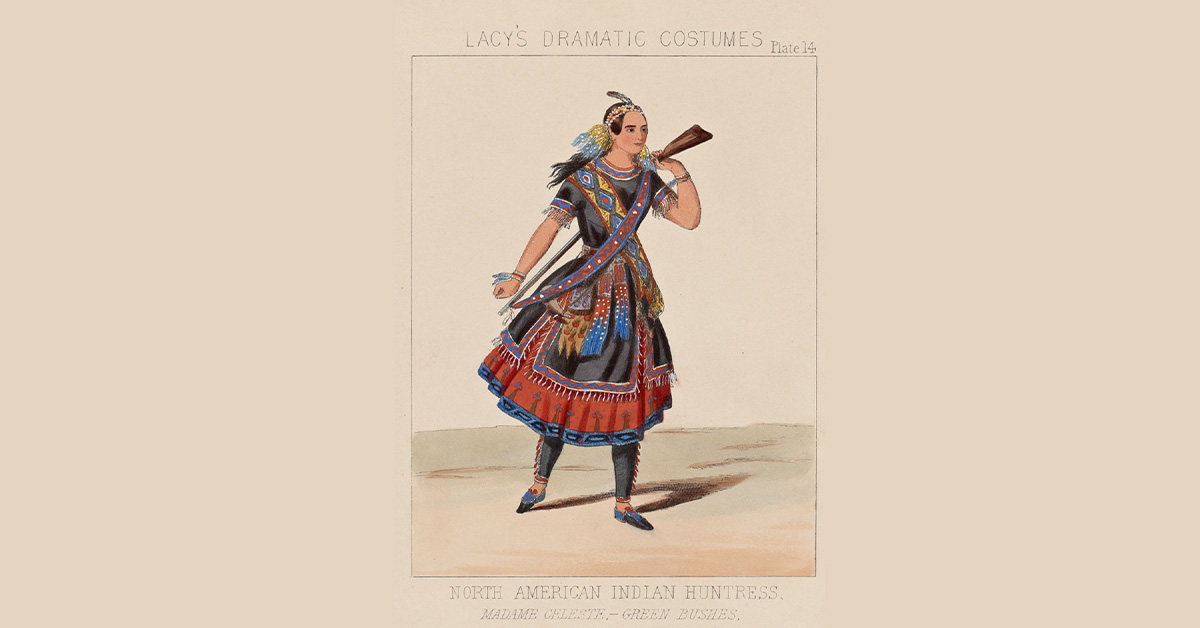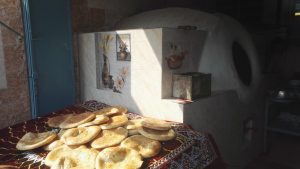
By Lynn Matluck Brooks
Ballet in early America? Didn’t we have to wait for the Russians to show up in the 1910s with the Ballets Russes, and for those who emigrated to the United States in the 1920s and ’30s? Indeed not!
In fact, ballet was making its way to early U.S. stages at least 100 years prior to the dates mentioned above. The distinctive technique that has sometimes been called “Romantic ballet” leapt across the Atlantic almost as soon as it was danced in Europe. Major United States cities like Philadelphia, New York, and New Orleans hosted balletic dancers in interlude entertainment, in the choreographic components of operas, and sometimes in full-length ballets.
Early hints of this dancing were evident in performances of Madame Gardie (of Haiti), who with French partner Alexandre Quesnet performed in Philadelphia in 1794. They presented ballets like The Bird Catcher and Sophia of Brabant, which charmed audiences, preparing them to appreciate dance, pantomimic expression, and scenographic developments that became increasingly evident on U.S. stages in subsequent decades. Additionally, the young John Durang, the United States’ first home-grown professional stage dancer, apparently modelled at least one of his dances after his notion of the great French ballet prodigy Auguste Vestris.

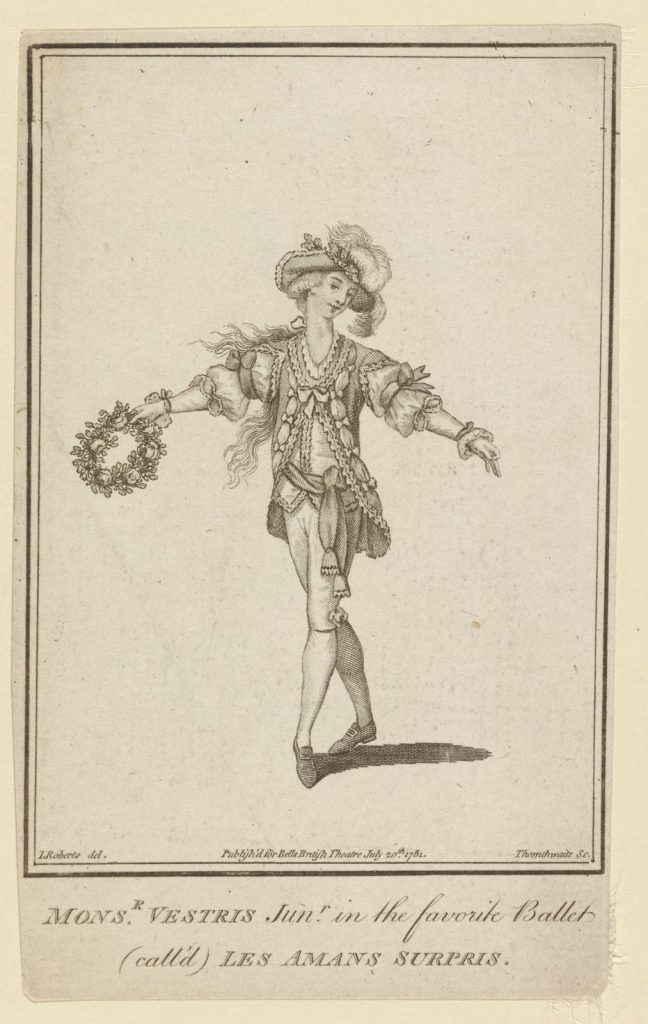
Most of the dancers presented on U.S. stages in this early period were English or Irish, yet they would have been familiar with developments in what was, even then, understood as French ballet style. French dancers had long been regulars on English stages, where their earnings were typically higher than in France, although the prestige of French training and, above all, a Paris Opera debut, was recognized throughout Europe and North America. Much as the British dancers surely watched and admired their French colleagues, they lacked the academic depth that the French dancers claimed and, in many cases, displayed. Viewers and commentators in the U.S. soon grasped such differences. They were well prepared to do so, as newspapers and emerging magazine culture featured reports from Europe about developments in the arts as well as in politics, commerce, and science.
Among the earliest dancers making waves and whirlwinds in U.S. theatrical circles were the three French ballerinas highlighted in my Dance Research 41 (2) article, “So Revealing: Ballerinas on Antebellum US Stages.” Mme. Francisque Hutin, Mlle./Mme. Celeste, and Mme. Lecompte were accomplished dancers who drew not only audiences but also critical commentary in print and graphic images.
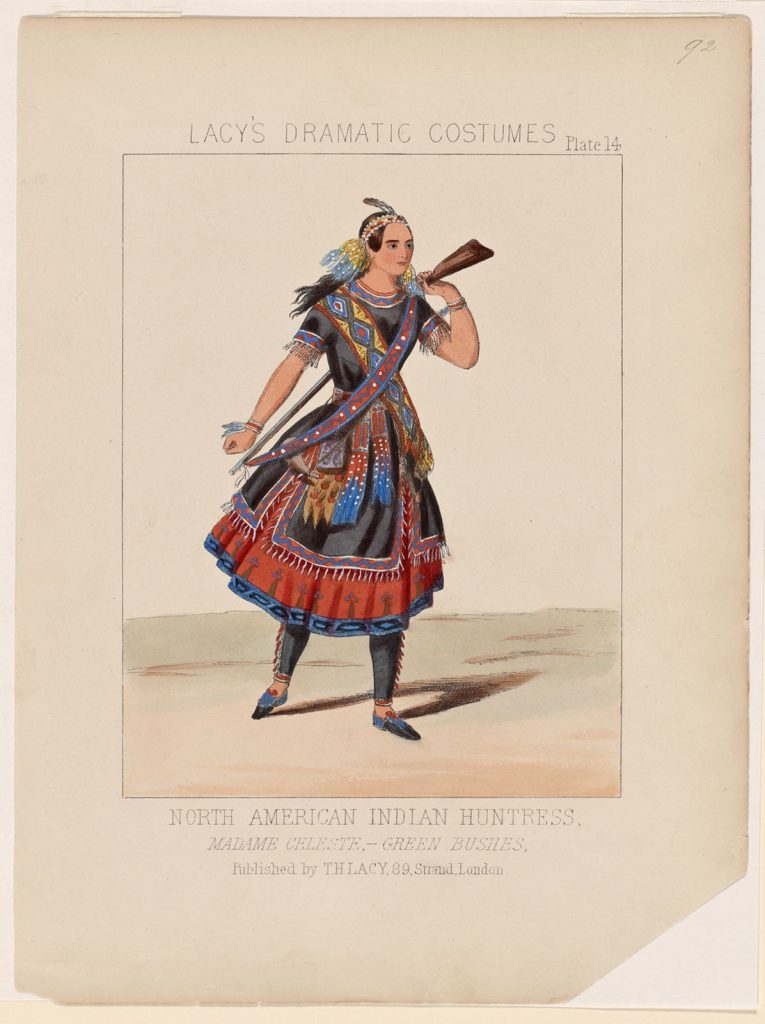
Through these media, we can glean some information about dancers’ movements, their styles of presentation, the works they danced, their costuming, and the ways they were perceived by writers and artists who saw them. The commentary quoted in “So Revealing,” by authors who witnessed these dancers’ performances, is often witty and informative, while the images that grace the essay bring glimpses of these daring dancers before our eyes.
My research into antebellum U.S. dancing – well before later Russian dancers and émigrés appeared – astonished me with the numbers of ballet performers and ballet works that the early U.S. public could enjoy. Between 1827 and 1837 alone – the focus period for “So Revealing” – more than eighty dancers with some balletic ability appeared in Philadelphia. The ballerinas featured in “So Revealing” were among the most adept and astonishing of these, as the depictions discussed in this essay highlight.
Read “So Revealing: Ballerinas on Antebellum US Stages” in the latest issue of Dance Research.
Sign up to our mailing list to keep up to date with all of our free content and latest releases
About the journal
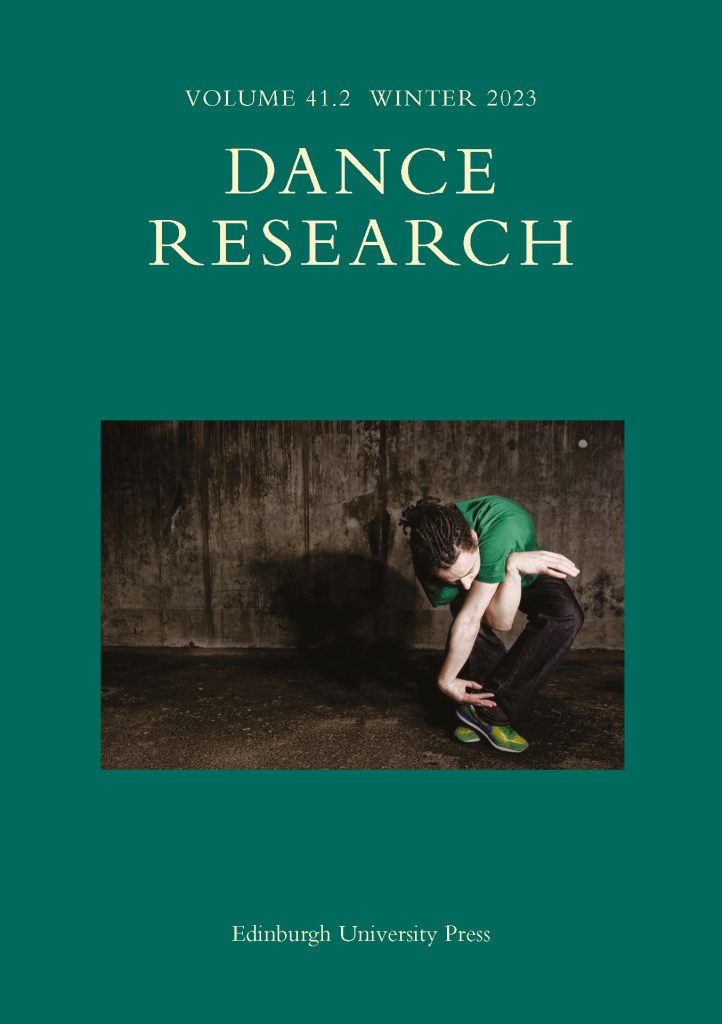
Dance Research, the journal of the Society for Dance Research, is essential reading for those involved in the study and practice of dance. The journal covers dance worldwide both from a historical and contemporary perspective, engaging with current debates on dance and across cognate disciplines with dance at the centre of inquiry.
Sign up for TOC alerts, subscribe to Dance Research, recommend to your library, and learn how to submit an article.
About the author
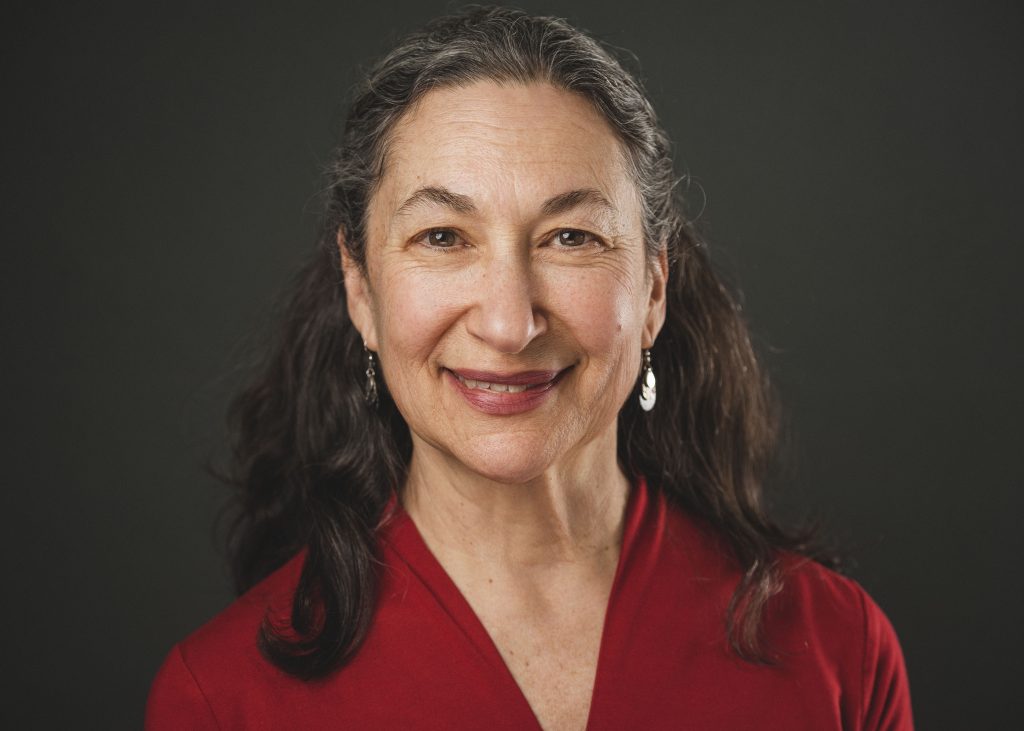
Lynn Matluck Brooks founded the Dance Program at Franklin & Marshall College. A Certified Movement Analyst and dance historian with degrees from University of Wisconsin and Temple University, she has edited Dance Research Journal and Dance Chronicle, and authored several books and many articles.


